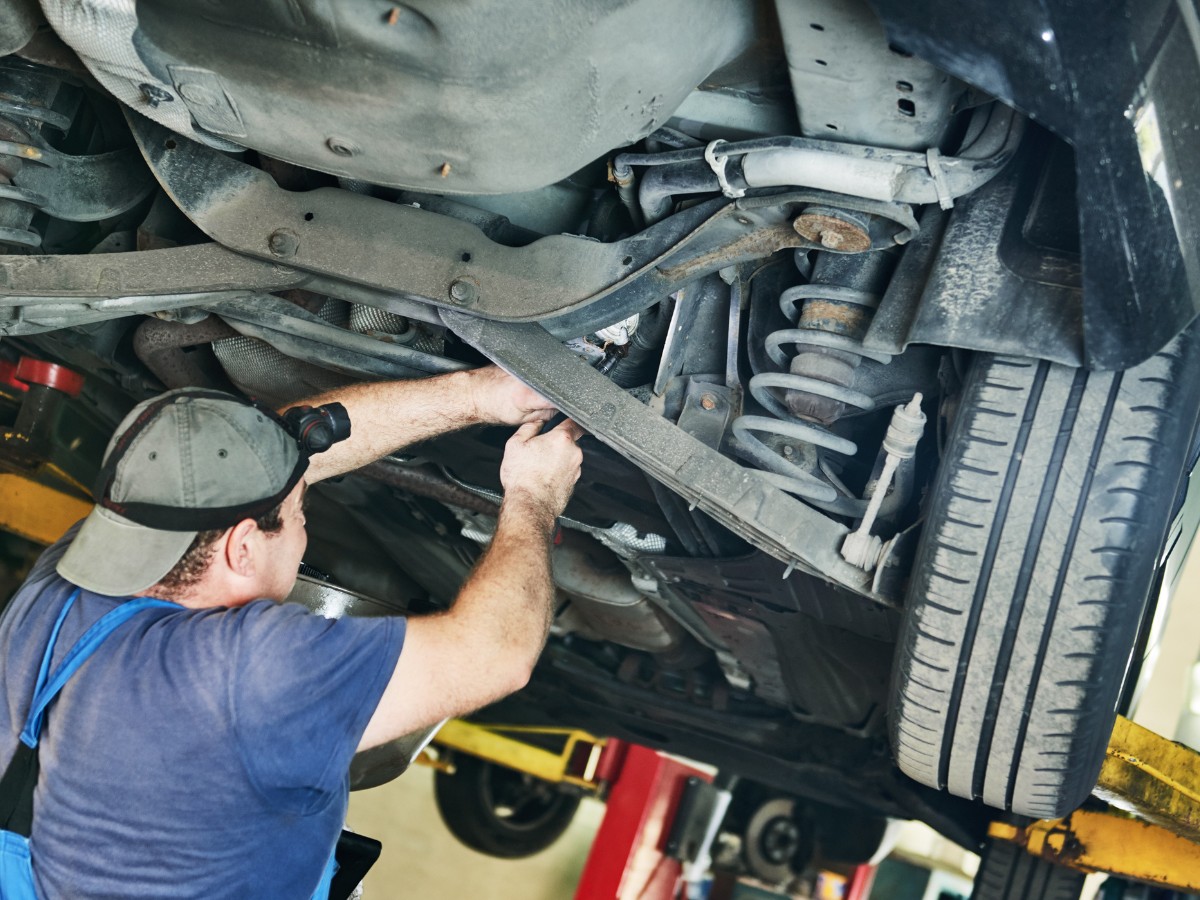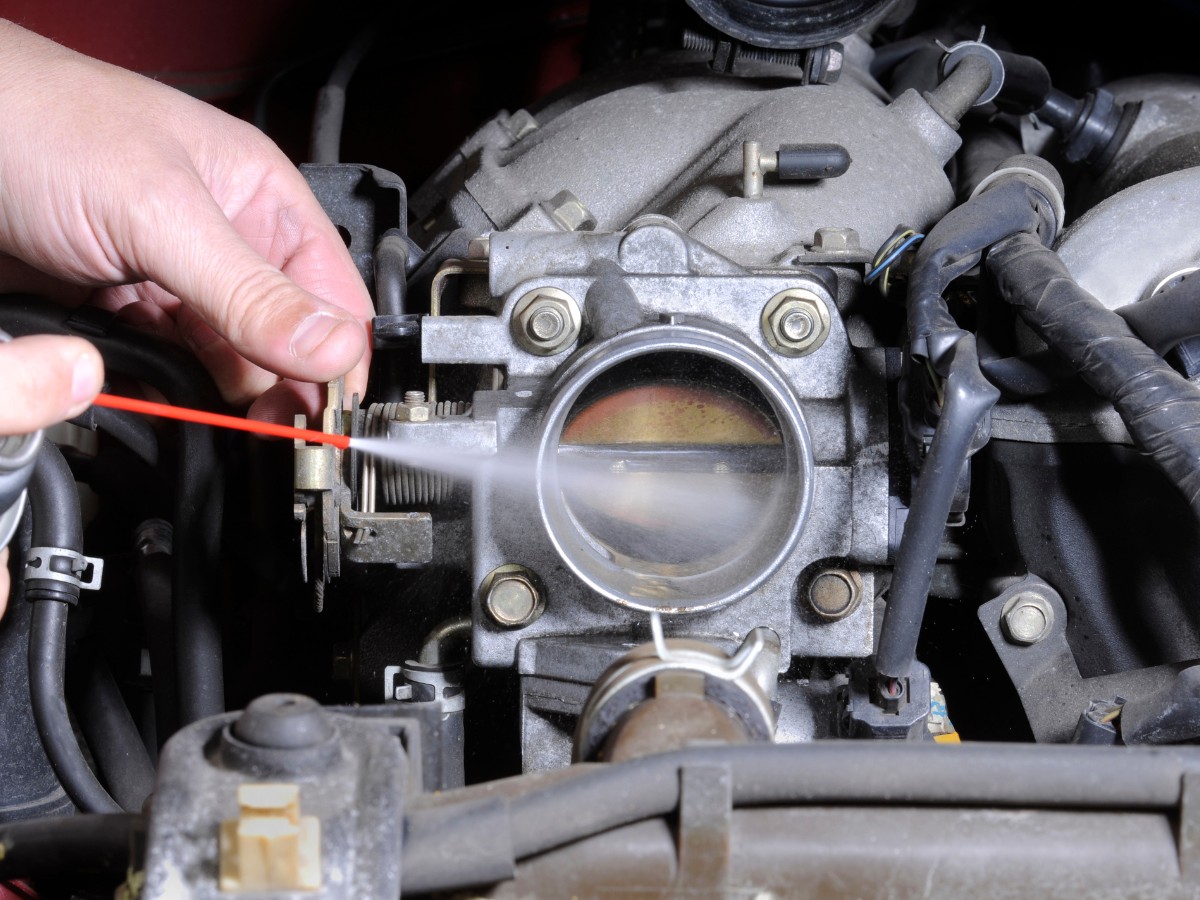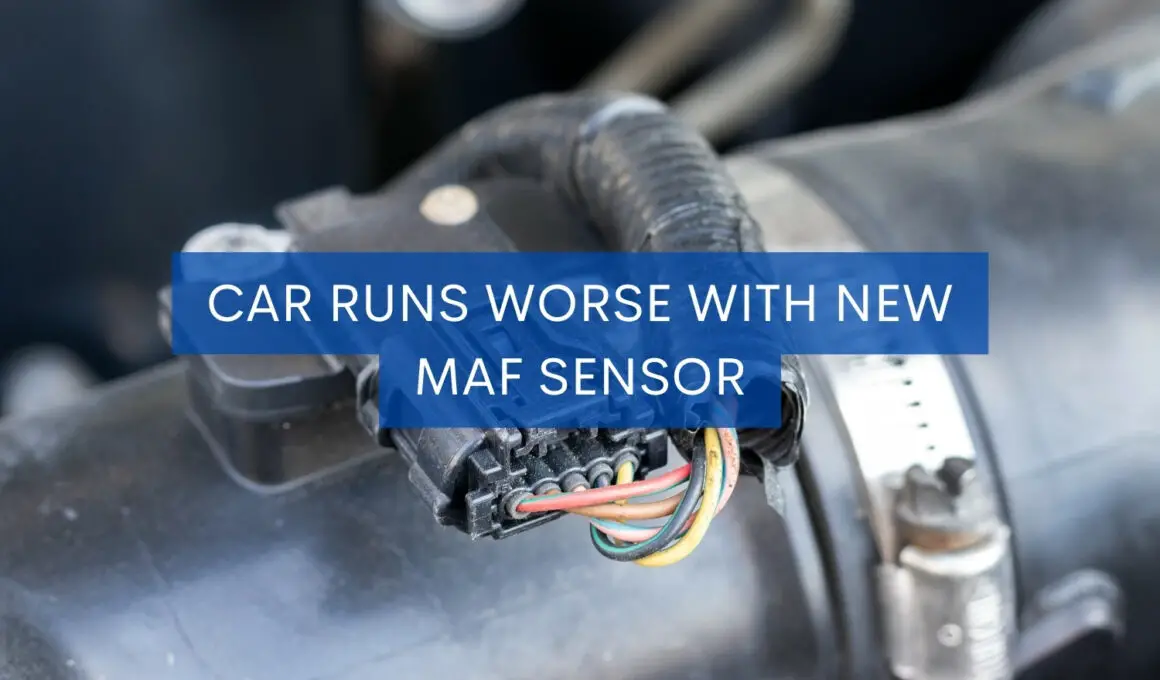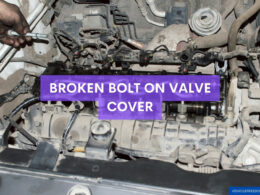In This Article Show
You install a new MAF sensor for improved performance, but the car behaves even worse. This is quite frustrating for car owners. Does your car also feel sluggish after a new MAF sensor installation? Don’t worry; we’ve got you covered!”
Usually, the car performance degrades if the ECU is not reset after the MAF sensor installation. However, other issues, like a dirty throttle body, low fuel pressure, vacuum leaks, or malfunctioning PCV or MAP sensor, can be mistaken for the issues caused by a new MAF sensor.
Further, in this article, we’ll uncover the significant problems of why the car runs roughly despite the new MAF sensor installation and what can be done to fix the issue.
7 Reasons Why Car Runs Worse When New MAF is Installed
The MAF sensor is responsible for measuring the air mass entering the engine, which is crucial for determining the correct fuel-to-air ratio. So, its malfunctioning is bad for the engine.
However, when a new MAF sensor is installed, the engine may behave erratically. Here are seven reasons why that happens:

1. Incorrect Installation
If the MAF sensor is incorrectly installed, it can lead to inaccurate readings and poor engine performance.
For instance, if you have done the replacement procedure yourself. You probably have positioned it incorrectly, the wiring harness is not connected properly, or its seal has been compromised.
How to Correctly Install a MAF Sensor?
To fix this issue, double-check the installation and follow these steps for reinstallation:
- Gather the necessary tools, such as a socket set, a screwdriver, a new MAF sensor, and a clean cloth.
- To identify the location of the MAF sensor, check the vehicle’s manual. However, it is typically between the air filter housing and the intake manifold.
- Disconnect the negative terminal of the battery before proceeding with the installation.
- Carefully unplug the electrical connector from the MAF sensor.
- Loosen the screws or clamps securing the sensor in place and gently remove it.
- Wipe dirt or debris from the MAF sensor housing and surrounding area with a clean cloth.
- Position the new MAF sensor in the correct orientation that aligns with the arrow and airflow direction.
- Retighten the screws and plug back the connectors.
- After installing the new MAF sensor, reset the Engine Control Unit (ECU). This is explained in the next step.
2. ECU wasn’t Reset
The Engine Control Unit (ECU) manages various engine parameters, including fuel injection and ignition timing. A bad ECU may have malfunctioned or tweaked the ECU algorithm.
So, whenever you install a new MAF sensor, reset ECU. If the ECU isn’t reset, it might still rely on old data, causing suboptimal performance.
How to Reset an ECU?
Disconnect the battery for a few minutes, then reconnect it to reset the ECU. Alternatively, use an OBD-II scanner to perform a reset.
3. Low Fuel Pressure
Fuel pressure is vital for delivering the right fuel to the engine. Low fuel pressure can lead to a lean fuel mixture, which the new MAF sensor may further exacerbate.
Possible causes of low fuel pressure include a failing fuel pump, clogged fuel filter, or a malfunctioning fuel pressure regulator.
How to Fix?
Since multiple components are involved, you will need a professional to fix the issue. He will diagnose the root cause and replace the component that is malfunctioning.
4. Dirty Throttle Body
The throttle body controls the air entering the engine, working with the MAF sensor to maintain the appropriate air-fuel mixture. Over time, it can get clogged with carbon deposits, causing an erratic airflow and poor performance.
You may confuse it with the new MAF sensor.
How to Clean the Body?
- Disconnect the battery.
- Locate the throttle body near the air filter and intake manifold.
- Label all the ducts it is connected to before removing them.
- Remove the intake hose connected to the throttle body.
- Use throttle body cleaner (B-12 Chemtool or any available cleaner) to clean the throttle plate and bore.
- You may use an oil-soaked cotton swab to clean and lubricate throttle blades.
- Carefully reassemble the components, ensuring a proper seal.

5. Vacuum Leaks
Vacuum leaks can cause unmetered air to enter the engine, leading to an incorrect air-fuel mixture. This may worsen the performance of your car with the new MAF sensor installed.
How to fix it?
- Visually inspect vacuum lines and connections for cracks or damage.
- Use a smoke machine or a handheld vacuum gauge to identify the leak’s source.
- Replace or repair any damaged components causing the leak.
6. Malfunctioning PCV Valve
The Positive Crankcase Ventilation (PCV) valve helps control crankcase pressure and recirculate blow-by gases into the engine.
A malfunctioning PCV valve can cause a vacuum leak, which can cause performance issues when a new MAF is installed. When this happens, you witness rough idling, misfiring, poor acceleration, and unusual smoke colors.
How to replace a PCV valve?
The PCV valve is available for under $50, and you can replace it yourself by following the steps:
- Identify the PCV valve, typically connected to a hose near the valve cover.
- Check the valve for any signs of damage, clogging, or excessive oil consumption.
- Replace the PCV valve if it’s found to be faulty.
7. Bad Barometric Pressure (Baro) Sensor / MAP
The Baro sensor measures atmospheric pressure, which helps the ECU adjust the air-fuel mixture based on altitude. A faulty Baro sensor can send incorrect data to the ECU, which may cause rough idling, and you may think the new MAF sensor is causing trouble.
How to Fix MAP?
- Use an OBD-II scanner to check for any related diagnostic trouble codes (DTCs). Usually, some codes include P0068, P0069, and P0105,
- Find the MAP sensor; it is next to the intake manifold.
- Test the sensor using a multimeter or an appropriate scan tool, following the manufacturer’s specifications.
- Replace the sensor if it’s found to be faulty.
Final Words
MAF is one of the important components in a vehicle engine management system as it ensures the right air-fuel mixture goes into the engine for ideal combustion.
By following the proper installation steps for the MAF sensor and addressing any underlying issues, you can restore your car’s performance and enjoy a stress-free ride.










